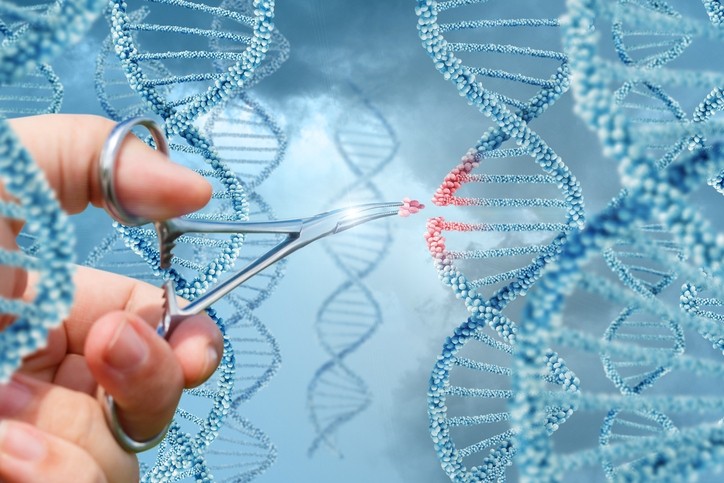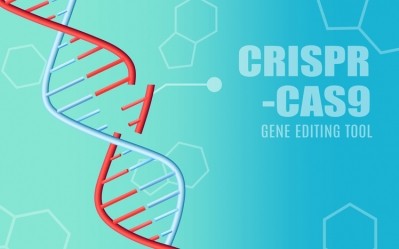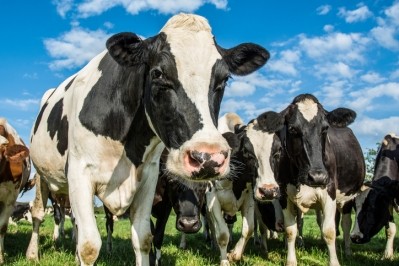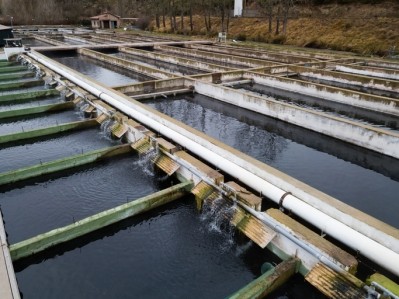Gene editing: Amfora sprouts plans for high protein crops

“The program has achieved proof of concept in several crops including rice, corn, soy and alfalfa. By this, we mean that the protein content of rice, corn and soy seeds has been increased at the expense of starch and fiber. We will now be applying gene editing to achieve this result in feed and food crops including soy, alfalfa and wheat, as well as crops such as leafy vegetables,” Lloyd Kunimoto, CEO of Amfora, told FeedNavigator.
Asked about the timescales for bringing these protein-enhanced crops to market, Kunimoto replied:
“Based on where we are with the gene editing approach, our timeline to commercial launch in our primary crops will be in 2023-2025.”
Amfora’s High-Pro technology changes the balance between protein and carbohydrates by regulating the activity of a particular genetic switch called a ‘transcription factor’ via gene editing. The distinction between gene editing and genetic modification is an important one, he added.
Genetic modification or gene editing?
Explaining the difference between the two technologies, Kunimoto said: “Very simply, a GMO crop results from inserting new genetic material into the genome of a crop. This material could originate from any source. With gene editing, the final product has no new genetic information added to the crop’s genome. Instead, genetic material will have been edited or deleted from the crop genome.”
The regulations governing gene edited crops are still evolving, but some countries, including the US, have already stated that gene edited crops will not be subject to regulation as a result of being gene edited.
“In other words, in these countries there is no need for pre-marketing approval for the sale and use of gene edited crops,” confirmed Kunimoto, adding that there may be the need for pre-market approval in the EU.
Protein concentrate alternative for aquaculture
Amfora confirmed that one of the first applications it will pursue is the development of High-Pro soy for feed to meet growing demand from the aquaculture industry.
Historically, fishmeal produced from wild-caught fish has been the primary source of protein for farmed seafood. However, rapidly growing demand has pushed up the price of fishmeal and driven the incorporation of costly plant-based protein concentrates, typically used as food ingredients and in supplements, into aquaculture formulations.
Amfora has succeeded in developing soy that can produce meal with a protein content that is comparable to fishmeal without the capital and energy-intensive concentration process that is used to produce plant-based protein concentrates.
“In soy, the technology has demonstrated an increase in protein content of up to 18%. This is sufficient to enable the production of minimally processed soy meal that has a protein content comparable to fishmeal,” said Kunimoto.
However, he said that this result was not achieved via gene editing, so this is what Amfora will be working on next. To date, Amfora has confirmed that gene editing can increase the protein content in rice.
“We will make the same kinds of edits in soy, wheat and our other commercial target crops now that we have demonstrated that gene editing can increase protein content in rice. The specific gene that we are editing is common to all crops, so we expect that editing this gene will increase the protein content of any crop,” said Kunimoto.
From lab to field
Initially Amfora said it intends to develop high protein soy and wheat for production in the US. It said it would explore a number of alternatives to reach the market, including directly supplying large aquaculture producers that formulate their own feed.
“At this point we have not spoken with farmers about our products, but we have spoken with associations that represent farmers, and they are very enthusiastic about our technology and its application,” said Kunimoto.












